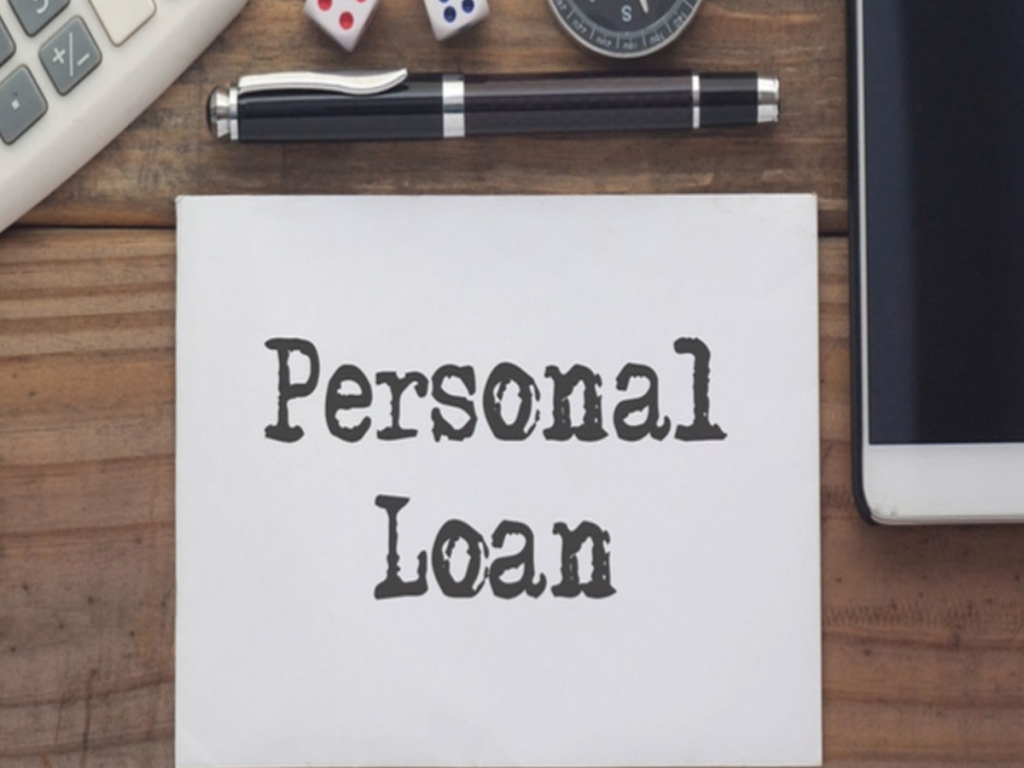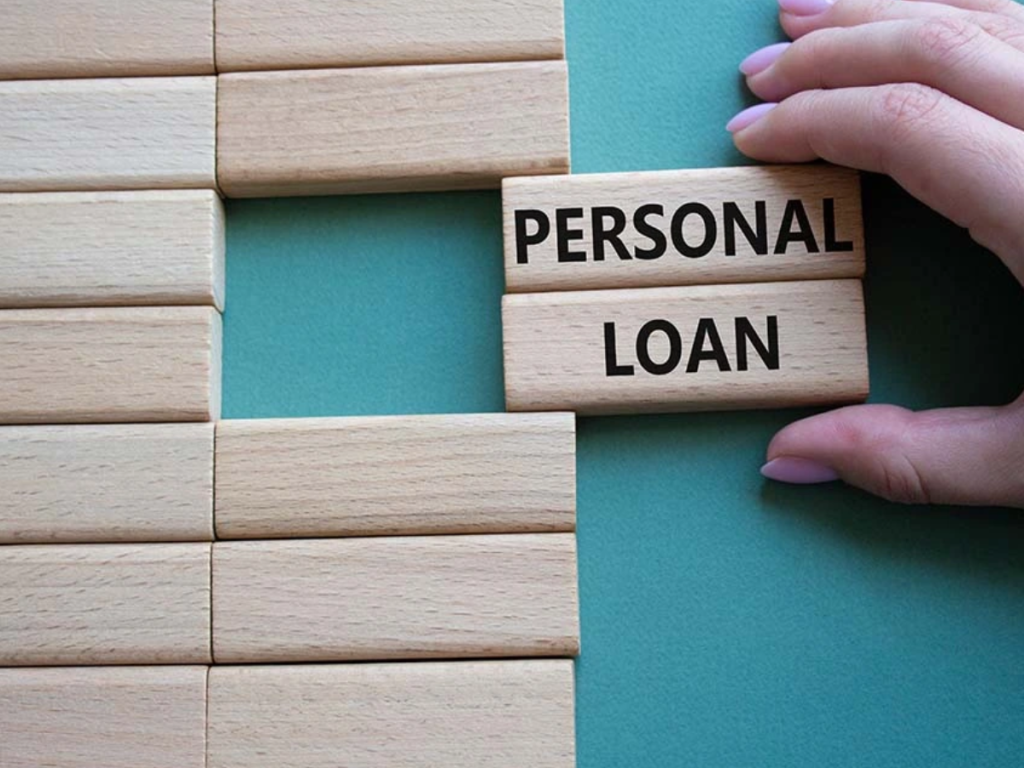Introduction
Medical emergencies and unforeseen expenses are unpredictable, and they can place a significant strain on an individual’s finances. While health insurance can alleviate some of these costs, there are situations where it may not cover everything, leaving people to find alternative ways to manage expenses. In these cases, personal loans can be a helpful option. Personal loans provide access to funds that can be used for various purposes, including covering medical bills, emergency home repairs, or any unexpected financial burden.
In this article, we will discuss how personal loans can be used to cover medical or unforeseen expenses, and offer guidance on how to approach obtaining a personal loan for this purpose.
1. What is a Personal Loan?
A personal loan is an unsecured loan that is typically offered by banks, credit unions, or online lenders. Unlike home loans or car loans, a personal loan is not secured by collateral such as a house or a car. This means that the borrower’s creditworthiness is the primary factor determining whether they will be approved for a loan, as well as the terms and interest rates. Personal loans usually come with fixed interest rates, meaning the borrower will pay the same amount each month over the loan’s term.
The loan amount, repayment period, and interest rates vary depending on the lender, the borrower’s credit score, and other financial factors. Personal loans can range from a few thousand dollars to larger amounts, and repayment terms can span from a few months to several years.
2. Understanding Medical and Unforeseen Expenses
Medical expenses are one of the most common reasons people turn to personal loans. Even with insurance, out-of-pocket medical costs can accumulate quickly. These can include deductibles, co-pays, medication costs, emergency room visits, surgery, or ongoing treatment for chronic conditions.
Unforeseen expenses, on the other hand, are those that arise unexpectedly and often require urgent attention. These might include car repairs, home repairs (e.g., plumbing or HVAC failures), legal fees, or the cost of a sudden move or relocation. These situations can create financial stress, especially when individuals lack savings or other resources to cover these costs.
3. Why Consider a Personal Loan?
Using a personal loan to cover medical or unforeseen expenses can have several benefits:
a. Quick Access to Funds: Personal loans typically have a quick application process and can provide you with the funds you need within a matter of days. This can be a major advantage in emergency situations when time is of the essence.
b. Fixed Interest Rates: Since personal loans generally have fixed interest rates, you will know exactly how much your monthly payment will be for the duration of the loan. This makes budgeting easier and ensures that you won’t be surprised by fluctuating payments.
c. Flexible Loan Amounts: Personal loans can be used for various amounts, and lenders are often willing to offer loans that fit your specific needs. Whether you need a small loan to cover a portion of your medical expenses or a larger loan to cover the full amount, personal loans can be tailored to meet your requirements.
d. No Collateral: Because personal loans are unsecured, you don’t have to worry about risking your property or assets in case of a missed payment. This can provide peace of mind compared to other types of loans, such as home equity loans.
e. Consolidation of Medical Debt: If you are dealing with multiple medical bills or emergency expenses, a personal loan can be a good option for consolidating that debt into one monthly payment. This can make managing your finances simpler and less stressful.
4. How to Use a Personal Loan for Medical or Unforeseen Expenses
Once you’ve decided to use a personal loan, the next step is understanding how to use the funds effectively. Here are some tips to ensure you’re making the most of your loan:
a. Prioritize Your Needs: Before taking out a loan, it’s important to understand exactly how much money you will need. For medical expenses, this could mean gathering your medical bills or estimates from doctors and hospitals. If it’s an unforeseen expense like a home repair, you may want to get an estimate from contractors or specialists. Being precise about the amount you need will ensure you borrow enough money without taking on unnecessary debt.
b. Shop Around for the Best Loan Terms: Different lenders offer varying interest rates, fees, and loan terms, so it’s important to shop around before committing to a loan. Compare the Annual Percentage Rate (APR), repayment terms, fees, and eligibility requirements from multiple sources to ensure you are getting the best deal.
c. Check Your Credit Score: Your credit score is one of the primary factors lenders use to determine the interest rate and terms of your loan. If you have a high credit score, you’re more likely to qualify for a loan with favorable terms. If your credit score is low, you might still be able to get a loan, but you may face higher interest rates. Consider checking your credit score before applying for a personal loan to understand your potential loan options.
d. Assess Your Repayment Ability: Before taking on any loan, it’s important to evaluate your ability to repay the debt. Consider your current income, monthly expenses, and the potential interest you’ll pay over the term of the loan. Personal loans generally have fixed repayment schedules, so be sure you can comfortably afford the monthly payments.
e. Use the Loan for Its Intended Purpose: It’s important to use the loan for the intended medical or unforeseen expense. Some lenders may require you to provide documentation or receipts for the expense. Using the funds as intended will help ensure you don’t find yourself in a worse financial position later on.
f. Plan for the Future: While a personal loan can help you cover an immediate expense, it’s also wise to plan for future emergencies. Consider building an emergency fund so that you’re better prepared for unforeseen costs down the road. Even setting aside a small amount each month can add up over time and provide a financial cushion.
5. Risks of Using a Personal Loan for Medical or Unforeseen Expenses
While personal loans offer many benefits, it’s important to be aware of the potential risks associated with using them to cover medical or unforeseen expenses:
a. High-Interest Rates for Some Borrowers: If your credit score is low, you may be offered a loan with a high-interest rate, making it more expensive to repay. The higher the interest rate, the more you will pay over time, so it’s important to carefully evaluate the cost of the loan before moving forward.
b. Potential for Unmanageable Debt: If you borrow more than you can afford to repay or take out multiple loans, you could end up in a cycle of debt. If the monthly payments strain your finances, you may struggle to make ends meet or end up taking out another loan to cover the existing debt.
c. Late Fees and Penalties: Failure to repay the loan on time can result in late fees, penalty interest rates, and damage to your credit score. Always make sure you have a clear plan for repaying the loan and stick to the payment schedule.
d. Loan Terms May Not Be Flexible: Some lenders may not offer the flexibility you need if you encounter financial difficulties during the repayment period. Always read the fine print and ask about options for deferring or adjusting payments in case your situation changes.
6. Alternatives to Personal Loans for Medical or Unforeseen Expenses
While personal loans can be an effective solution, there are other options available for managing medical and unforeseen expenses:
a. Medical Credit Cards: Some healthcare providers offer specialized credit cards for medical expenses. These cards often come with promotional 0% APR for a limited time, which can make them a good option for covering medical costs. However, be cautious of high interest rates once the promotional period ends.
b. Payment Plans with Providers: Many healthcare providers, hospitals, and medical facilities offer in-house financing options, such as payment plans that allow you to pay over time. While this may not be ideal for all situations, it can be a helpful alternative for smaller medical expenses.
c. Health Savings Accounts (HSAs) and Flexible Spending Accounts (FSAs): If you have access to an HSA or FSA through your employer, you may be able to use those funds to cover medical costs. These accounts allow you to set aside pre-tax income for medical expenses and can help reduce your overall financial burden.
d. Crowdfunding or Charity Assistance: In some cases, individuals turn to crowdfunding platforms or charitable organizations to cover medical bills or unforeseen expenses. While this is not a guaranteed solution, it may be worth exploring if you’re facing extreme financial hardship.
7. Conclusion
Personal loans can be a helpful tool for covering medical or unforeseen expenses, especially when time is of the essence. By understanding the terms of the loan, assessing your financial situation, and using the loan responsibly, you can mitigate the stress that comes with unexpected costs. However, it’s important to weigh the risks and consider alternatives before deciding if a personal loan is the right choice for your needs. Always ensure you have a plan in place to repay the loan to avoid further financial strain in the future.

